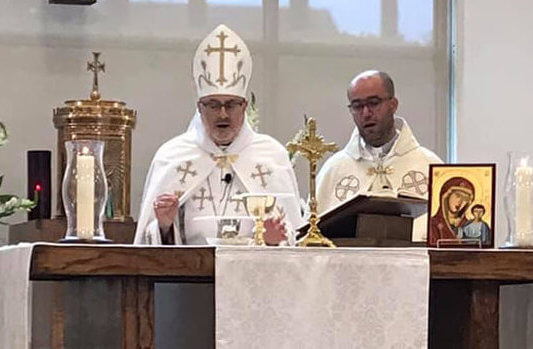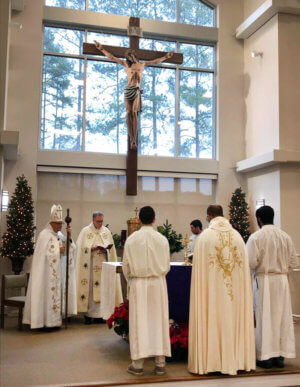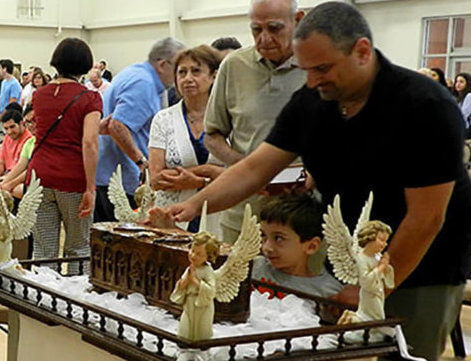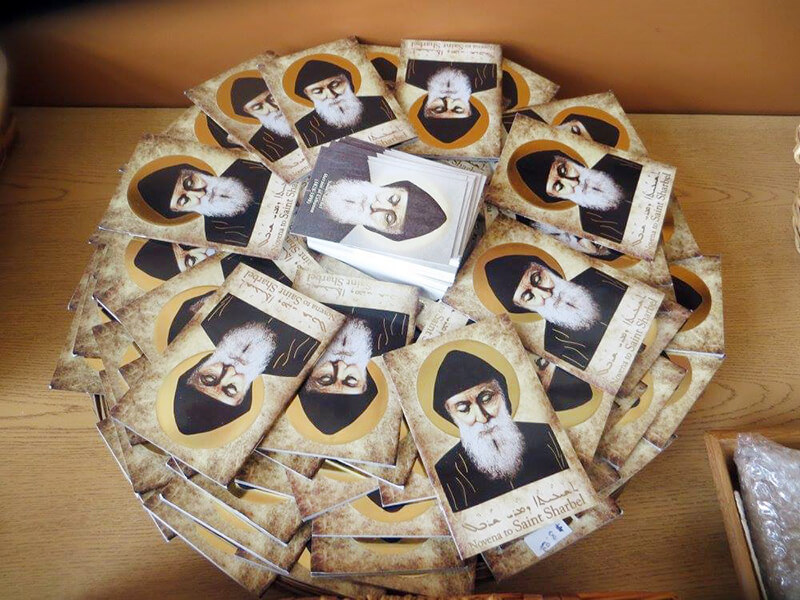For Maronite Catholics living in western North Carolina, St. Stephen Maronite Catholic Mission offers weekly liturgies in English and Aramaic at St. Matthew Church in Charlotte. Father Rodolph Wakim serves as pastor of the mission – part of the Eparchy (Diocese) of St. Maron of Brooklyn, N.Y., which encompasses 16 states including North Carolina.




The Maronite Catholic Church is rooted in the ancient Church of Antioch, where followers of Jesus were first called “Christians” (Acts 11:26). Officially known as the Syriac Maronite Church of Antioch, it is one of the 23 Eastern Catholic Churches in full communion with the pope.
It was founded by disciples of St. Maron, a hermit who lived near Antioch between the fourth and the fifth centuries A.D. After he died, his disciples built a monastery in his memory. They came under threat from the rise of Islam and the power of the Byzantine Empire throughout the region now known as Lebanon and Syria. Amid the political, social and religious chaos, the Maronites elected their first patriarch, St. John Maron, in 687 A.D., becoming a distinct rite within the Church under the pope’s authority. When Muslim invaders stormed through, Maronites fled to safety in the mountains of Lebanon. There they remained, cut off from the rest of the Christian world for the next 400 years. During the Crusades, Christians from the West reconnected with the Maronites. Rome, previously unaware that the Maronites still existed, reached out to help them, and in turn the Maronites provided aid to the crusaders.
The liturgical language is Syriac, a dialect of Aramaic – the language of Jesus. Aramaic is still used in the Mass, notably during the Consecration. Many of the prayers are also derived from the Liturgy of St. James and the writings of ancient Eastern Fathers, especially St. Ephrem, a Doctor of the Church.
Based in Bkerke, Lebanon, the Maronite Church is led worldwide by Patriarch Bechara Boutros al-Rahi. The Maronite population is estimated at more than 3.5 million.
